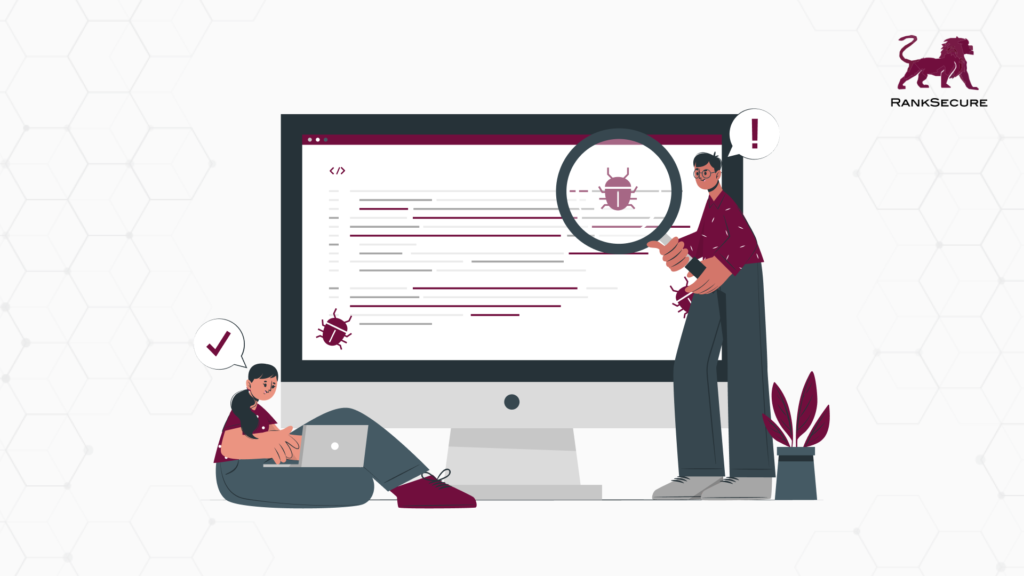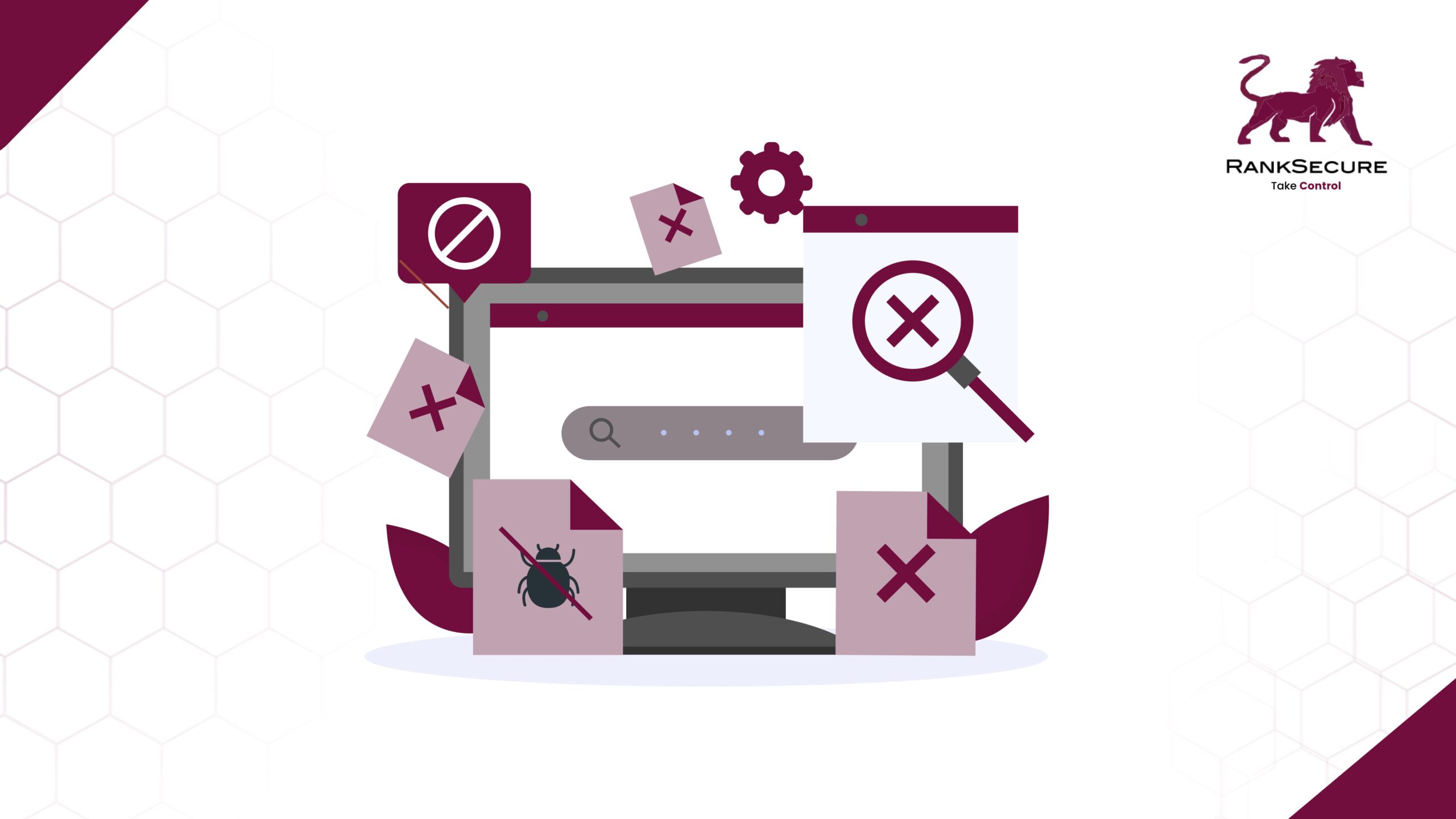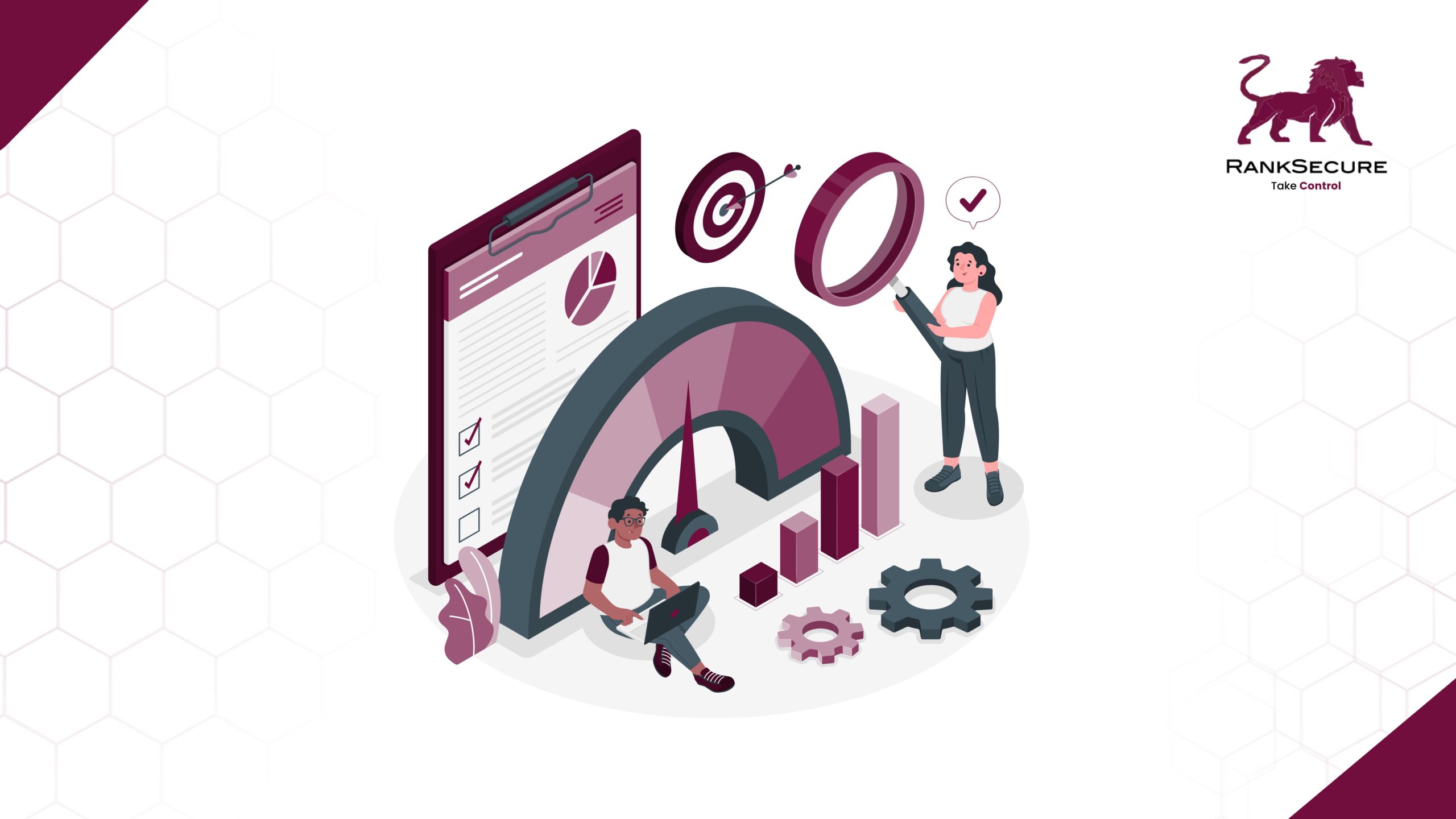
The Future of Penetration Testing: Emerging Technologies and Trends
With the ever-advancing state of cybersecurity, penetration testing plays a crucial role in identifying vulnerabilities and ensuring the security of networks and systems. As technology advances, new trends and techniques are emerging in the field of penetration testing. Based on a projected Compound Annual Growth Rate (CAGR) of 13.7% from 2022 to 2027, the global penetration testing market is expected to experience significant growth. The market size, estimated at USD 1.4 billion in 2022, is anticipated to expand to USD 2.7 billion by the end of 2027. This substantial increase highlights the growing demand for penetration testing services in the face of evolving cybersecurity threats worldwide.
This article explores the future of penetration testing, focusing on the use of emerging technologies and the trends that will shape the industry.
The Impact of Remote and Hybrid Work Culture
One of the significant trends shaping the future of penetration testing is the rise of remote and hybrid work culture. With the COVID-19 pandemic accelerating the adoption of remote work, organisations have had to adapt their security measures to accommodate this shift. However, it has also presented new challenges for cybersecurity teams.
Remote work scatters the network of an organisation , making it difficult to manage network security effectively. Additionally, employees using company-provided devices in distant locations create multiple entry points for malicious threat actors. If a single device is compromised, the entire network could be at risk. As a result, penetration testers must focus on assessing the security of remote work setups and ensuring the resilience of the network in the face of these challenges.
Artificial Intelligence in Penetration Testing
Artificial Intelligence (AI) is transforming various industries, and penetration testing is no exception. AI can be utilised to identify potential vulnerabilities in software and systems, making the penetration testing process faster and more accurate. Machine learning algorithms are trained to recognise patterns of behavior that may indicate security issues.
The use of AI in penetration testing enables the automation of certain tasks, such as vulnerability scanning and detection. This automation allows for more efficient testing and reduces the risk of human error. AI-powered tools can analyse large amounts of data from security logs, network traffic, and other sources to detect anomalies and identify potential threats. By leveraging AI, penetration testers can stay ahead of emerging threats and enhance the overall security of systems and networks.
The Role of Machine Learning in Penetration Testing
Machine Learning (ML), a subset of AI, is also playing a significant role in the future of penetration testing. ML involves training algorithms to learn from data, enabling them to analyse and detect patterns that may indicate security vulnerabilities.
In penetration testing, ML can be used to analyse data from various sources, such as security logs and network traffic. By identifying anomalies, ML algorithms can help identify potential threats and predict which vulnerabilities are likely to be exploited by attackers. ML-powered penetration testing tools can provide valuable insights and recommendations to enhance security measures and mitigate risks.
Automation in Penetration Testing
Automation is another key trend shaping the future of penetration testing. Automated penetration testing tools can scan networks and systems, identify vulnerabilities, and even exploit them to assess their impact. This automation streamlines the testing process, making it faster and more efficient.
By automating certain tasks, penetration testers can focus on more complex and critical aspects of their work. Automation also helps reduce the risk of human error, which can lead to false positives or missed vulnerabilities. However, it is important to note that automation should not replace the expertise and judgment of penetration testers. It should be used as a tool to enhance their capabilities and productivity.
The Benefits of AI, ML, and Automation in Penetration Testing
The integration of AI, ML, and automation in penetration testing offers several benefits to organizations:
- Faster and more accurate results: AI and automation enable faster identification and remediation of vulnerabilities, reducing the time it takes to secure systems.
- Improved scalability: Automated tools can handle large-scale penetration testing efforts, making it easier to assess the security of complex systems and networks.
- Reduced costs: Automation reduces the need for manual labor, resulting in cost savings for organizations.
- Increased efficiency: AI and automation streamline the testing process, allowing penetration testers to focus on critical tasks and deliver more efficient results.
- Better coverage of potential vulnerabilities: AI and ML algorithms can analyse vast amounts of data, ensuring that no potential vulnerabilities go unnoticed.
- Reduction of human error: Automation minimizes the risk of human error, ensuring more accurate and reliable results.
The Future of Penetration Testing in India
As the field of penetration testing continues to evolve globally, it is also gaining prominence in India. With the country’s growing reliance on technology and digital transformation, the need for robust cybersecurity measures is paramount. Indian organisations are increasingly recognising the importance of penetration testing to identify and mitigate security risks.
Penetration testing providers in India are leveraging emerging technologies like AI, ML, and automation to enhance their services. These technologies enable them to offer more comprehensive and efficient testing solutions, helping organisations stay ahead of cyber threats. As the cybersecurity landscape in India evolves, penetration testing will play a crucial role in ensuring the security of critical infrastructure and sensitive data.
The Guide to Penetration Testing: Best Practices and Considerations
Penetration testing, also known as pen testing or ethical hacking, is a proactive cybersecurity practice that involves simulating real-world attacks on computer systems, networks, or applications. Trained professionals attempt to exploit vulnerabilities in a controlled environment to identify weaknesses and assess the system’s resilience against actual cyber threats. By conducting penetration tests, organisations can uncover potential security gaps, prioritise remediation efforts, and bolster their overall cybersecurity defenses.
To access more comprehensive information and delve deeper into the topic, kindly click here. This will lead you to a detailed resource where you can gather additional insights and valuable knowledge on the subject matter.
Conclusion
As the cybersecurity landscape evolves, penetration testing remains a crucial element in securing systems and networks. The future of this field is intertwined with the integration of emerging technologies such as AI, ML, and automation. These advancements offer numerous advantages, including faster and more accurate results, improved scalability, cost reduction, increased efficiency, broader vulnerability coverage, and minimized human error.
Embracing these trends and utilizing advanced tools and methodologies empowers organizations to proactively defend against cyber threats. However, it is essential to remember that penetration testing requires skilled professionals with expertise in the domain. With an eye on the latest developments and adherence to best practices, organizations can effectively protect their digital assets and stay resilient against emerging cyber risks. The future of penetration testing is promising, with technology-driven solutions leading the way towards a more secure digital landscape.
Recent Posts
How to Implement IT Asset Management for Maximum ROI
Organisations are not breached because their defences failed. They are breached because their visibility did. In most enterprises, the issue is not that assets are unmanaged. It is that too many are unaccounted for. Legacy systems operating outside policy. Cloud workloads deployed beyond governance. Endpoints that no
How VAPT Supports Zero Trust Security Models
If Something Can Go Wrong in Security, It Eventually Will That’s the reality Zero Trust is built for. It assumes users will click what they shouldn’t. Devices will connect from untrusted networks. Credentials will leak. And one misconfigured rule can open access far beyond what was intended.
How GRC Tools Help Finance, Healthcare & Retail Teams
No risk or compliance team ever sets out to operate in abstraction. Yet that’s exactly what happens when sector context is stripped from the systems that underpin decision-making. It’s not about whether the frameworks are there because they are. The problem is that they’re misaligned with how each







